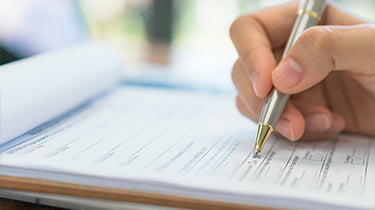
Employers submit a P11D form to HM Revenue & Customs (HMRC) at the end of every tax year.
A P11D outlines the benefits or expenses you have provided to your employees outside of their wages.
You must submit a P11D form by 6 July following the end of the tax year. At the same time, you must give your employees a copy of their P11D form and tell HMRC the total amount of Class 1A National Insurance you owe.
If you do not complete the P11D on time or correctly, it could lead to penalties. You may also get charged additional penalties and interest if you are late paying HMRC.
Do I have to complete a P11D each year?
Unbeknownst to many employers, you can now deduct and pay tax through your payroll. Therefore, you do not have to produce a P11D each year.
You can do this as long as you register with HMRC before the start of the tax year (6 April) to let them know that you intend to payroll staff benefits. You can do this online here.
If you choose to payroll your benefits, the cash equivalent of the employees’ benefits gets added to their taxable pay and charged to them through the real-time payroll process.
Many employers find this system much easier as they do not have to produce yearly P11Ds. However, you must calculate the Class 1A National Insurance contributions and complete form P11D(b) by 6 July.
If you miss the registration deadline, you can ask HMRC to informally payroll benefits. You must still complete the P11D form and mark each report as “payrolled”. HMRC should then stop collecting tax already deducted from your employees.
As well as producing detailed reports, the benefit of using this system is that employee tax is collected in real-time rather than through tax code adjustments in the following tax year.

